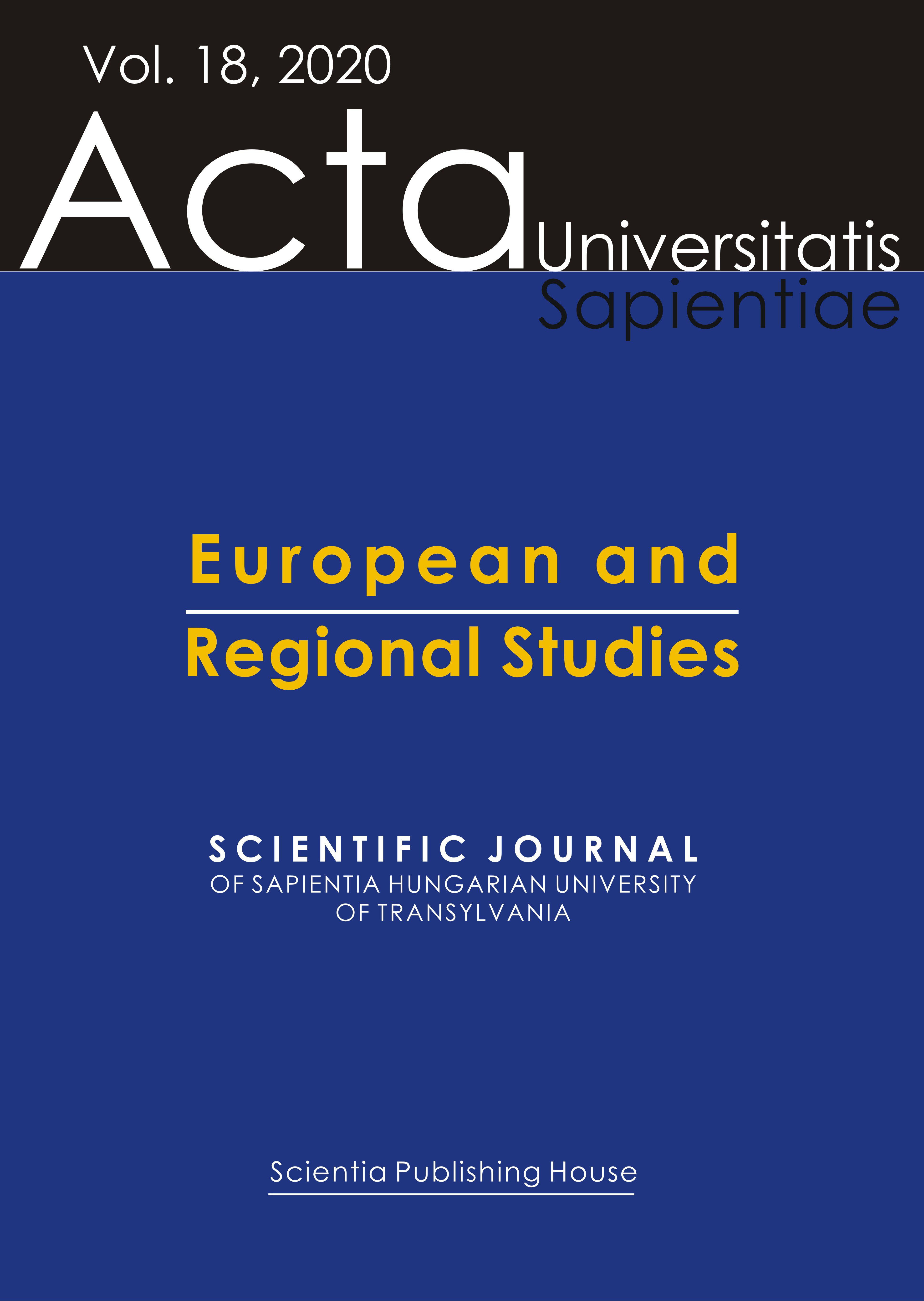A Few Chapters of the Earlier History of Operational Urban Development in Central Europe
A Few Chapters of the Earlier History of Operational Urban Development in Central Europe
Author(s): László Bajnai, Attila JózsaSubject(s): Human Geography, Public Administration
Published by: Scientia Kiadó
Keywords: conscious urban development; planned urbanization; structural and cohesion funds; Multiannual Financial Framework;
Summary/Abstract: The necessity of operational urban development becomes obvious if we intend to respond with a planned urban development to the challenges posed by an environmentally, socially, and economically sustainable urbanization. We all know the means necessary to enable operational urban development, the ones making planned urban development possible in the most developed founding Member States of the EU as well as in Central Europe – the region of the former ‘Mitteleuropa’. Operational urban development needs to be fully consistent with its objective in a constantly changing public policy, market, economic, and social environment while also being guided by the current local conditions, which is why improving and developing its toolbox and methodology according to scientific standards is an ongoing task. In terms of the evolution of this process, the culture ensuring its control is a crucial factor, wherefore not only the existing toolbox and methodology, serving as its subject, is worth investigating but the very historical foundation it relies on. Indeed, this is a factor that, even despite an uncertain public policy and social environment, can prove conclusively that operational urban development, acting as a prerequisite for a conscious and planned urban development, is possible not merely because there is an established and rich toolbox in place in the most developed Western European EU Member States, which has been functioning continuously and efficiently since the end of World War II and which has, since 1990, increasingly provided for the reintegrating countries of Central Europe too, allowing for adaptation to the local conditions, but it is also possible because what we call in today’s terms operational urban development is not some questionable practice of uncertain past but is nearly as ancient as the present-day European civilization with thousands of years of history, taken root in the wake of the Greek, Roman, Jewish, and Christian cultures – and this statement holds true not only for the most developed and richest countries but for those of Central Europe as well. The activity known today by the name of operational urban development already yielded some results in the past without which our cities would not be the same. This is not just the case in Western Europe but also in Central Europe. The mainstream of the European history of operational urban development that can be identified in connection with Italy, France, Germany, Spain, and England is a better-known and internationally more addressed topic in the literature even if it does not emerge in public awareness directly by this name but as a phenomenon integrated in other dimensions of the history of urbanism and architecture, the history of ideas, engineering, history, and geography. At the same time, although the turning points in its Central European history are increasingly present in scientific publications, the latter is still awaiting substantive treatment. In the above-specified context, the present study aims to facilitate this European cognitive process focused on Central Europe for ‘the history of science is science itself’.
Journal: Acta Universitatis Sapientiae, European and Regional Studies
- Issue Year: 2020
- Issue No: 18
- Page Range: 11-28
- Page Count: 18
- Language: English

